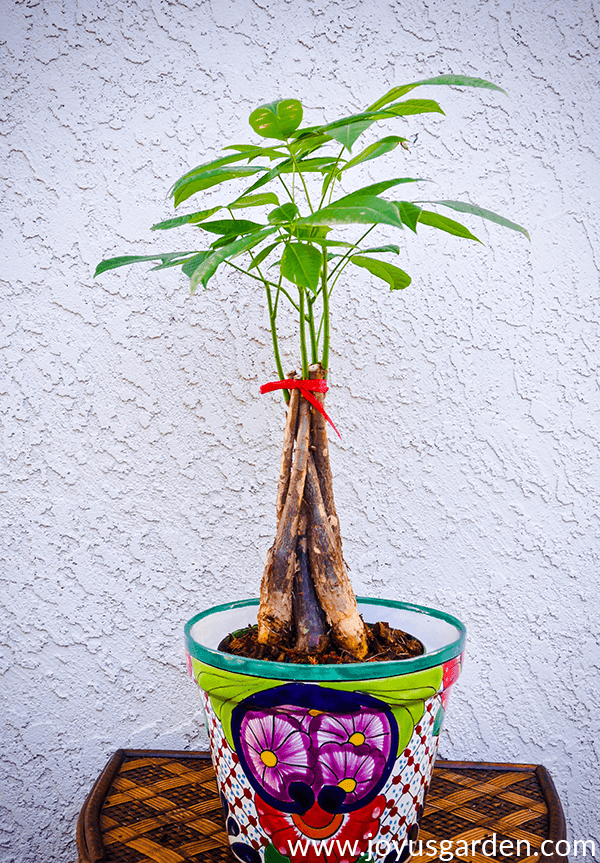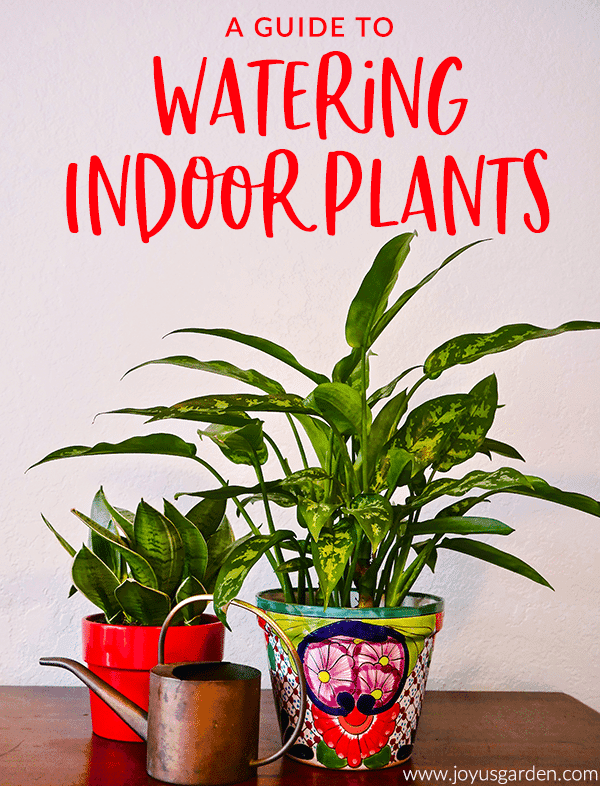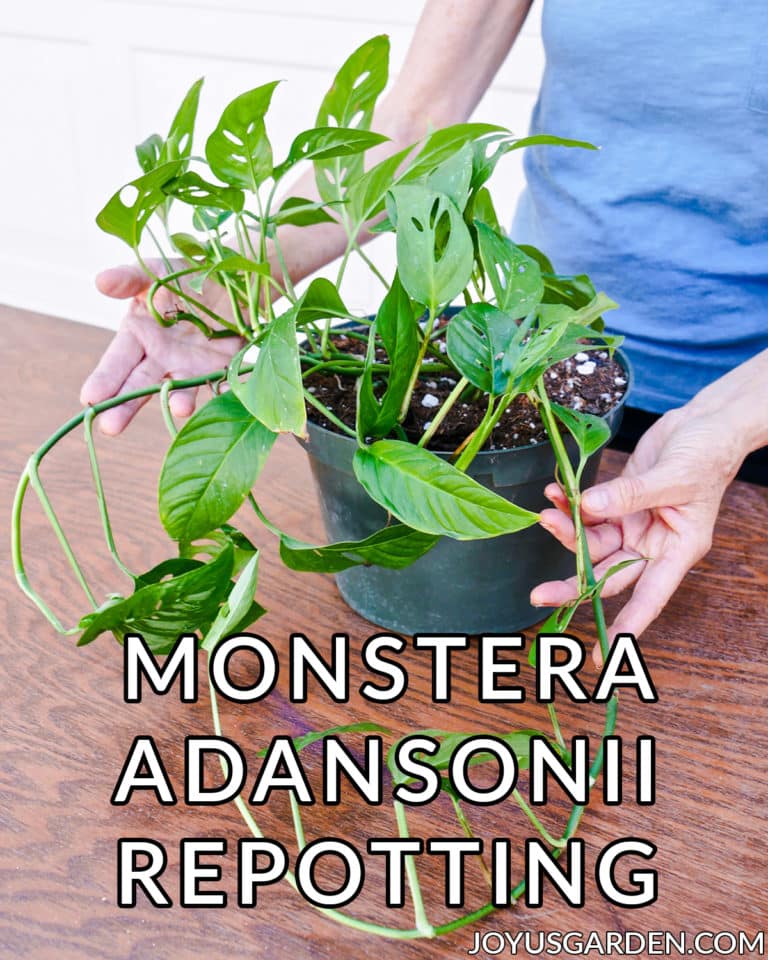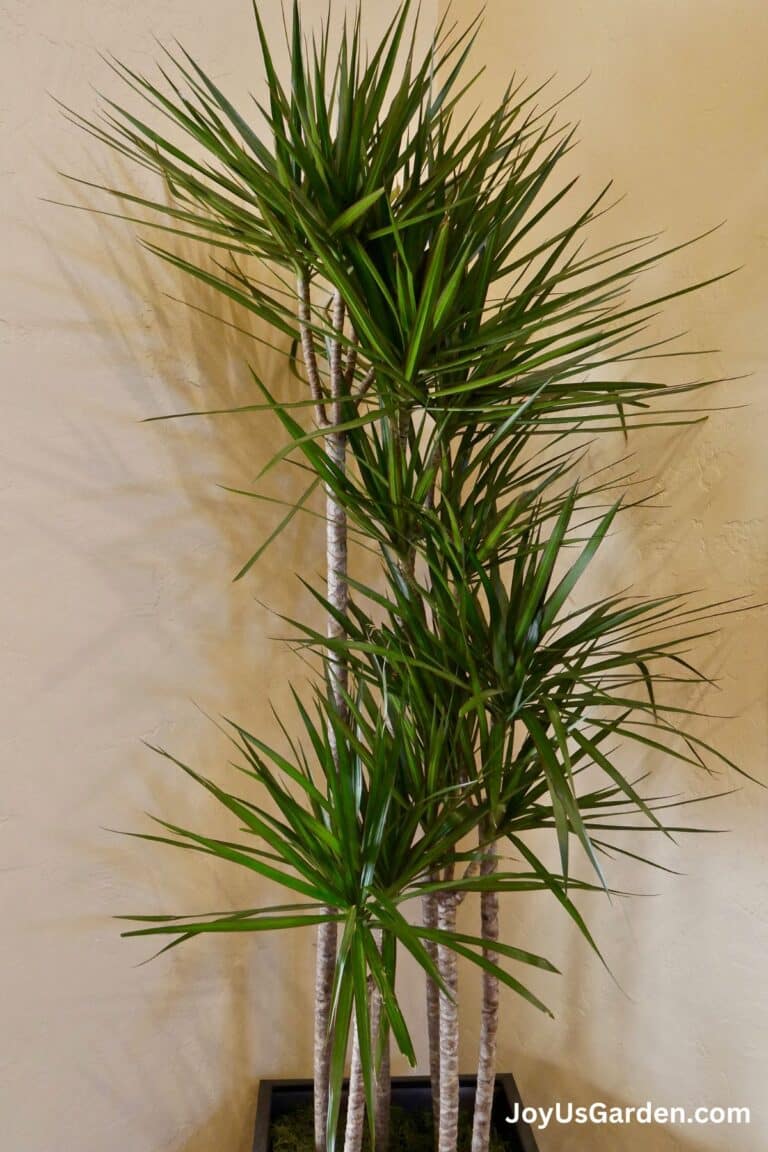Buying Houseplants: 14 Tips For Indoor Gardening Newbies
Choosing indoor plants can be confusing and intimidating. These tips for buying houseplants will help you, especially if you’re a beginner.
I buy a lot of houseplants and know what they like and need to stay alive and healthy. You may be confused or even a bit intimidated by the indoor plant buying process.
These tips for buying Houseplants, along with answers to frequently asked questions at the end, are to help out indoor gardening beginners.
This post could have also been called “Choosing The Right Houseplant” or “Things To Consider Before Buying Houseplants”. Unlike buying furniture or home decor, indoor plants need favorable conditions to thrive in and need to be maintained.
I spent years working in the interior plantscaping biz. I’m comfortable with houseplants and am familiar with which ones do best for the long haul.
And that’s what this is about—choosing houseplants that when combined with proper maintenance, you’ll have for years to come.
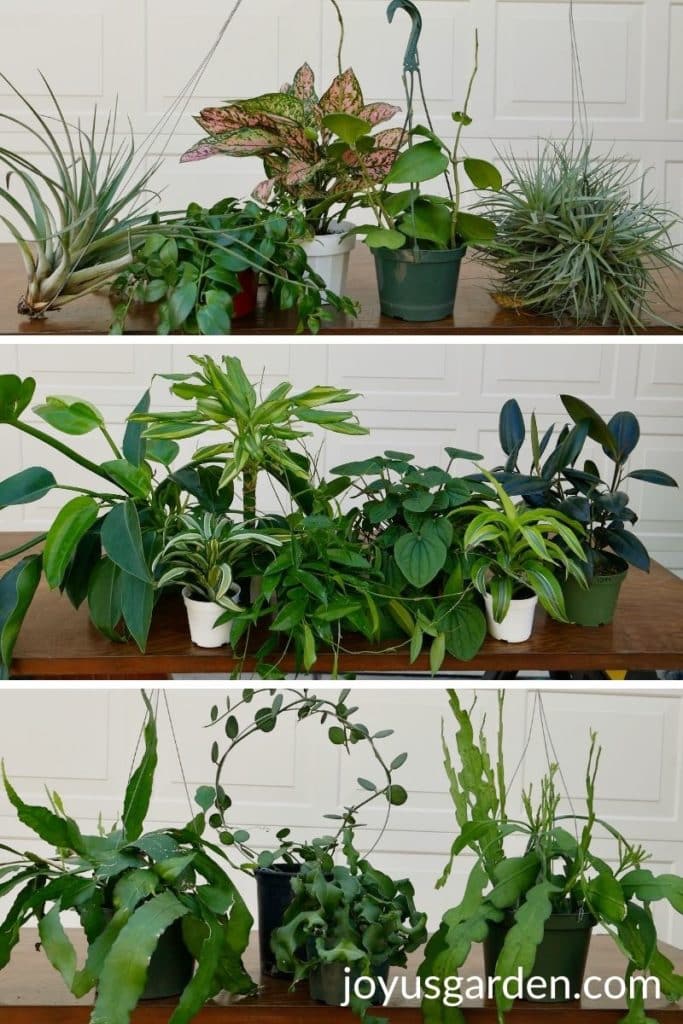
Some Of Our General Houseplant Guides For Your Reference:
- Guide To Watering Indoor Plants
- Beginner’s Guide To Repotting Plants
- 3 Ways To Successfully Fertilize Indoor Plants
- How to Clean Houseplants
- Winter Houseplant Care Guide
- Plant Humidity: How I Increase Humidity For Houseplants
Watch the Video
14 Things to Consider When Buying Indoor Plants
1) Know the location where the plant is going.
It’s best to do this before going on a random buying spree!
It may be tempting to buy the first cute plant you see, but all plants have specific needs when it comes to light exposure.
Some plants will do better in lower light conditions, which many homes have.
2) Research what plants would do well in that location.
Do some poking around online to determine your options and get a jump up on the selection process. The right plant in the right location is what you want.
You can find lots of information about Houseplant Care on our site!
3) Start with a “tried and true” plant.
A Maidenhair Fern or a Prayer Plant can be much harder to keep alive than reliable standbys like Pothos, Snake Plants, Hoyas, and ZZ Plants.
I have many plants to keep alive, both indoors and outdoors, so it’s easy maintenance for me.
Below are a few guides I’ve put together to help you get started:
- Best Low Light Indoor Plants
- Easy Care Desk Plants
- Floor Plants For Beginning Gardeners
- Tabletop and Hanging Plants For Beginning Gardeners
4) Know what level of care you’re willing to give your plants.
Are you going to be a doting plant parent or is your style more “water and ignore'”? Some plants take more attention than others.
If you have enough light, succulents and cacti prefer you to leave them alone.
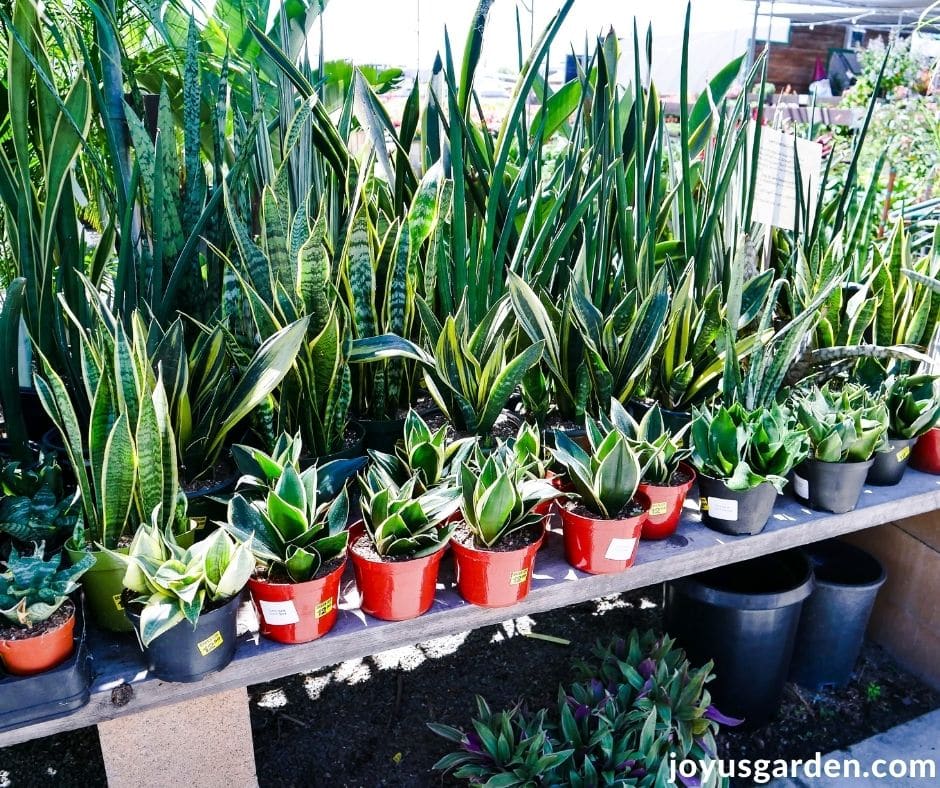
5) Consider starting with smaller plants.
They’re much less of an investment than a larger plant and you won’t be out too much if they don’t make it. A 6″ plant at $10 won’t be as much of a gamble as a 10″ at $40.
Be aware that not all plants you see for sale do well indoors for the long haul. Many of those pretty little 4″ plants like aralias, staghorn ferns, zebra plants, Boston ferns, English ivy, etc love high humidity and can be tricky to keep alive.
Flowering plants like Kalanchoes, Calandivas, Phalaenopsis Orchids, Bromeliads, Cyclamen, Begonias, etc can be short-lived indoors and are generally sold for their floral displays.
6) Not all plants grow at the same rate.
A Pothos grows much faster than a Kentia Palm. One type of plant might outgrow a location fast whereas one may not reach the size you desire for years. It’s best to research this 1st. When I do an indoor plant care post, I list the growth rate.
7) Shop at a specialty nursery or independent garden center if possible.
They usually have one or two people responsible for the buying, caring of and advising about houseplants.
When I lived in San Francisco, I worked at Berkeley Horticultural Nursery weekends during the busy spring season. There was 1 person who managed the greenhouse and answered all questions.
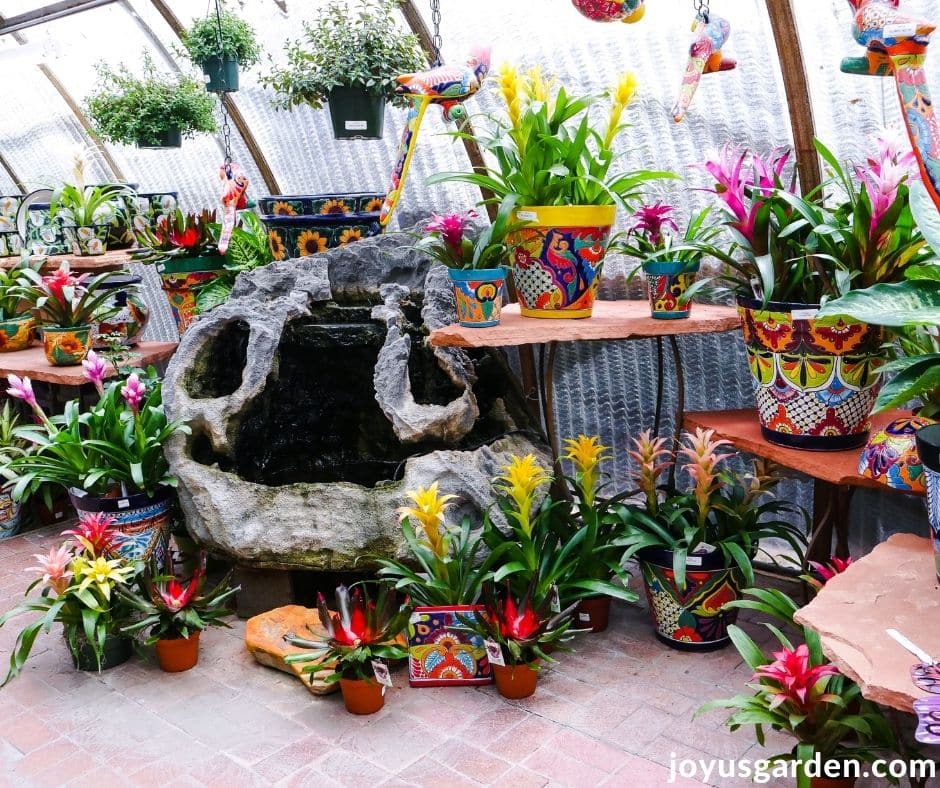
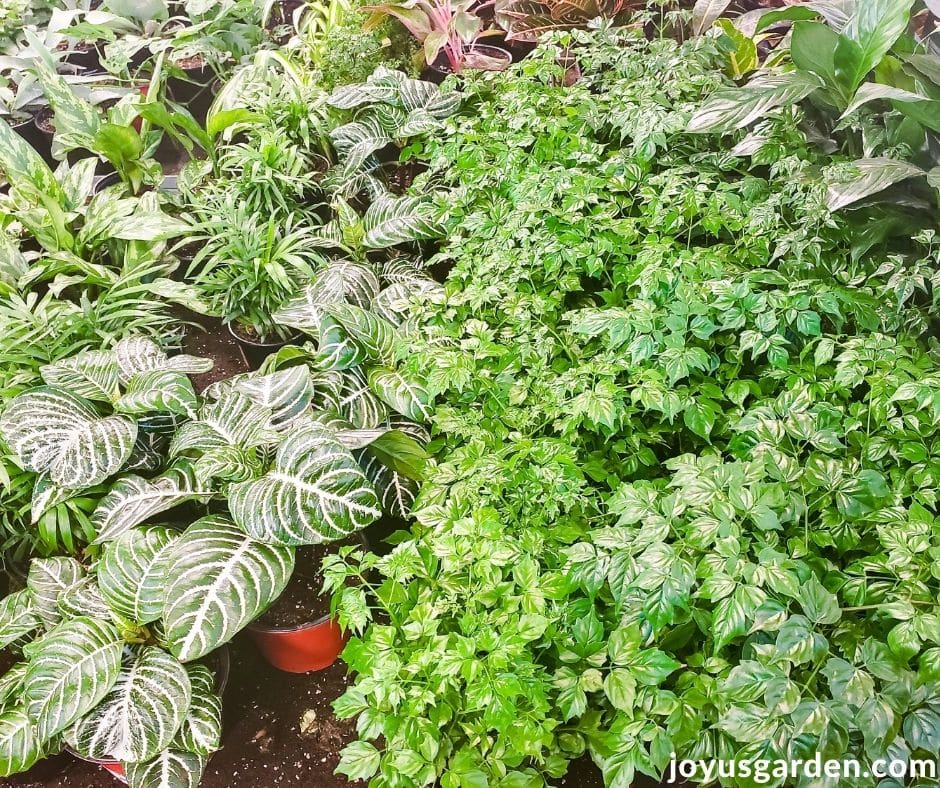
8) If you buy from a big box store (Home Depot, Lowes, Trader Joe’s, etc), be picky and check the plants.
Don’t just buy the one closest to you on the bench. They tend to smush the plants together. There are probably better plants towards the middle or back so pick them out & give each a good look over.
I was in Lowes one day and helped a sweet, old lady pick a better African Violet than the one she had chosen from the very front of the table.
9) Look for the name of the plant on the pot if you’re not sure.
Most indoor plant growers stick a label on the side of the grow pot with the name of the plant and maybe even a few care points. The big box stores sell a lot of 4″ plants and often they’re labeled as 4″ foliage.
This is when the research comes in extra handy. Some aren’t labeled so ask and hopefully, someone can help you out.
10) Check the overall health of the plant.
Is there a good amount of foliage? Are the leaves looking good? If you buy a healthy plant, it has a much better chance of staying healthy.
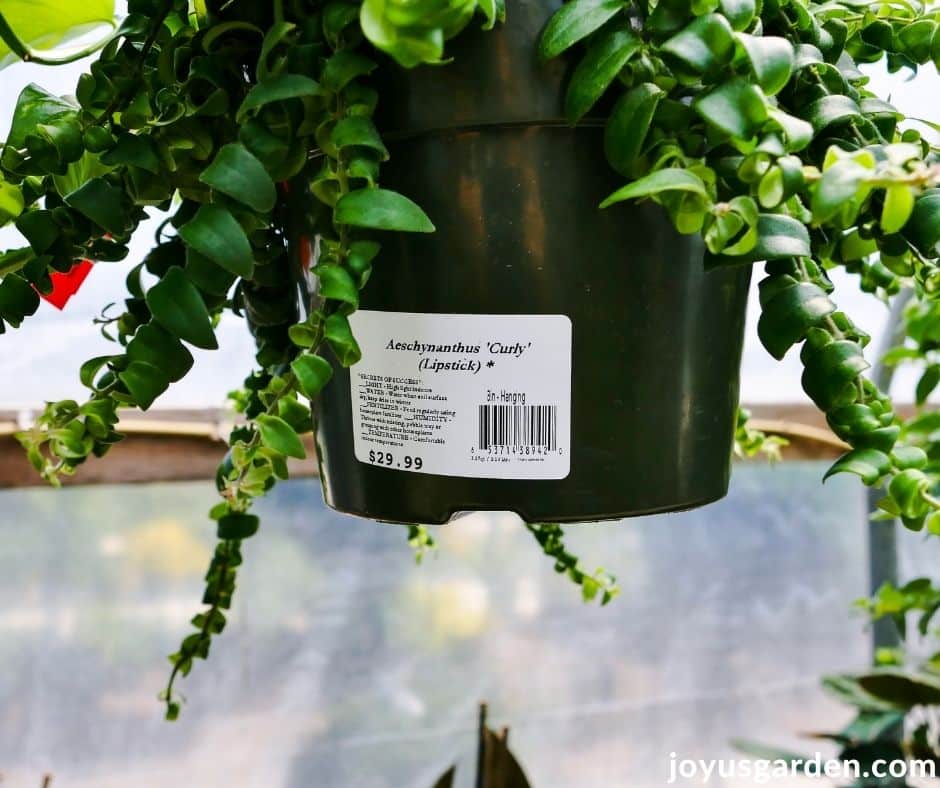
11) Check the soil too.
Is the soil level way down in the pot? Ideally, you want the soil level to be near the top of the grow pot. Is there white, moldy stuff on the surface?
This could mean the plant has been kept too wet before it even gets in your hands. The roots of a plant that have been saturated for too long may not dry out.
12) It’s fine to buy plants online, especially if you know what you’re looking for.
There are some great Online Sources For Buying Houseplants. Companies like Bloomscape and The Sill have filtering options like “low light”, “pet friendly” and “beginners”. Blooomscape also has care guides with photos.
Related: 19 Indoor Plants You Can Buy Online
13) Unless you’re willing to gamble, it’s best to avoid snap decisions.
That pretty, little plant that catches your eye might not be long-lasting or be able to survive in your home’s conditions.
Save those snap decisions for when you’re more experienced at buying houseplants!
14) Be willing to learn how to properly care for your plant.
This is obvious but an important point to make. This can vary from season to season.
You shouldn’t need to water your houseplants as often in the winter as in summer. And, in the darker months, you might need to move your plant to a location with more natural light.
I’ve done lots of general care guides, along with those about specific houseplants, for you which are listed throughout this post.
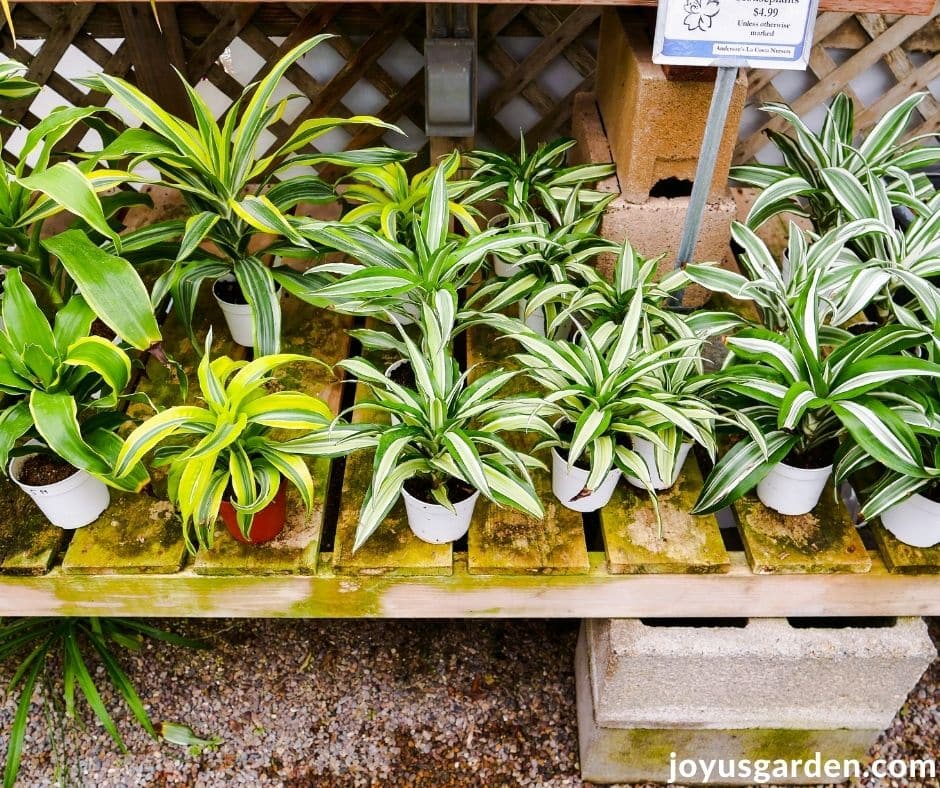
This last point doesn’t have anything to do with buying houseplants.
I wanted to include this final point for you (which has nothing to do with buying) because it’s good to know for when you bring your new green baby (babies!) home. Plants have had quite the journey from greenhouse to store before you by them.
It’s okay to leave the plant in the pot it’s in as they adjust to your home. Unless the plant has fallen out of the pot or major root action isn’t appearing out of the drain holes, leave them be.
Most houseplants do fine growing slightly tight in their pots.
FAQs About Buying Houseplants
Yes, you can. Just make sure they’re not left in cold temps for too long. If you’re buying them at a store, make that your last stop so they don’t sit in a freezing car. Good online companies ship with heat packs, but try to time the delivery so you’re home to receive it.
I buy houseplants all year long. When it’s too cold to work in the garden, bringing a new green baby home makes me very happy!
You want to look for a healthy plant. The foliage should be full all the way around, nice looking and unblemished. Be sure to check the soil too. This is where a specialty nursery comes into play; someone will most likely be able to help you out with this.
See above and be picky. And don’t pick the 1st plant you see. There is probably a better one towards the back of the display.
I routinely examine many plants before choosing the one I’m going to bring home to join the “green crew”.
Blooming plants are always good gift ideas!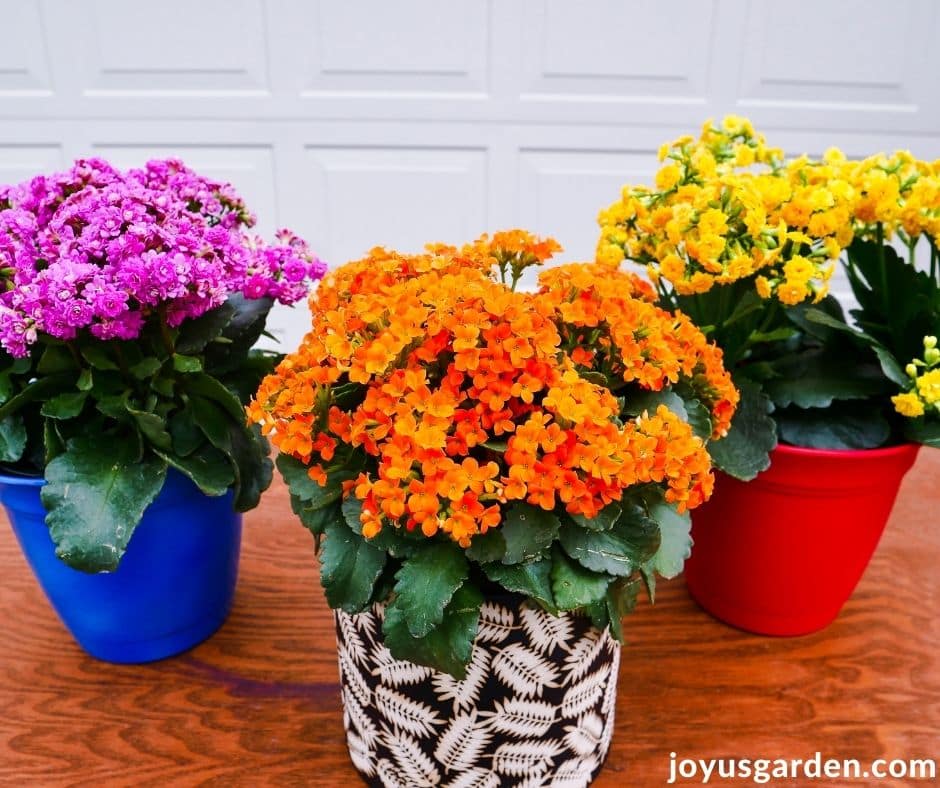
I do. They’re grown and sold in plastic grow pots after all. I don’t directly plant houseplants in decorative containers except for cactus and fleshy succulents.
Here are a few to consider: What exposure does this plant do best in? How often does it need to be watered? Does it grow fast or slow? Is it susceptible to pests? Does it need high humidity? Is there anything tricky about growing this plant?
That’s a tough one. It depends on the level of experience that the person you’re giving it to has.
Unless you know the taste and home environment of the person you’re giving it to, a blooming plant might be best.
My top picks would be Snake Plants, ZZ Plants, Pothos, Spider Plants, and if you have moderate to high light, Jade Plants and Ponytail Palms.
I believe it’s in the selection and of course the care. This is where the right plant, the right place comes into play.
I prefer nurseries and garden centers. The stock tends to be better cared for, better displayed, and there’s often someone to help you out.
Big box stores are okay if you know what you’re looking for and if you play the picky shopper.
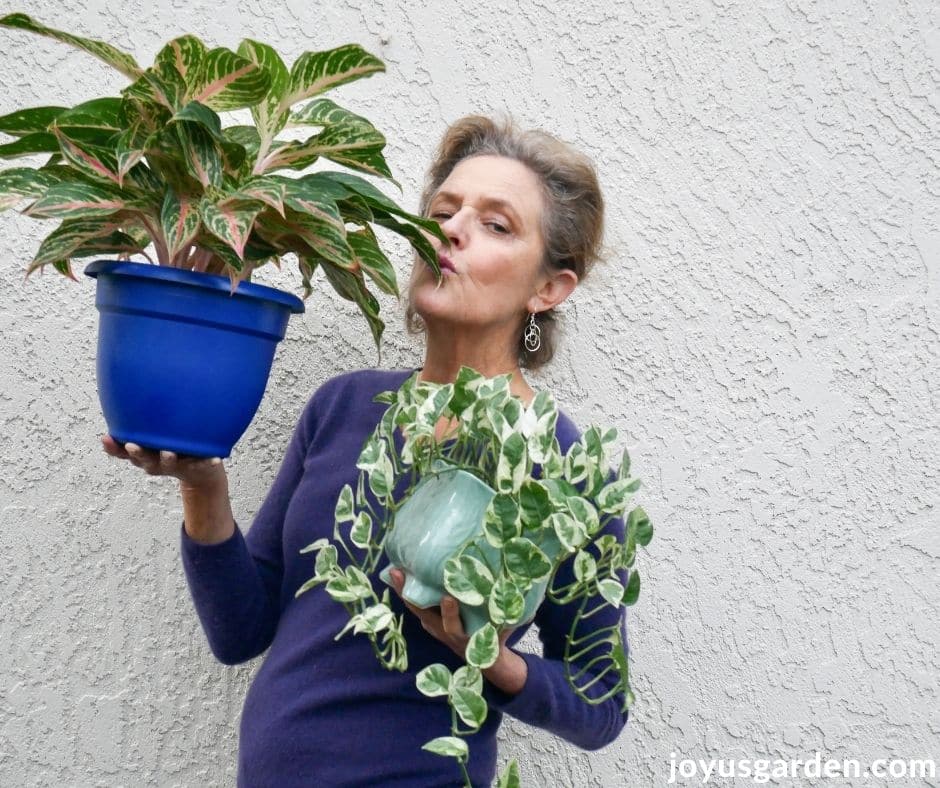
I hope you find this guide to buying houseplants useful. Just a warning: once you’ve started buying indoor plants, it’s a tough habit to kick. A healthy addiction I say!
Happy gardening,

This post may contain affiliate links, you can read our policies here.

